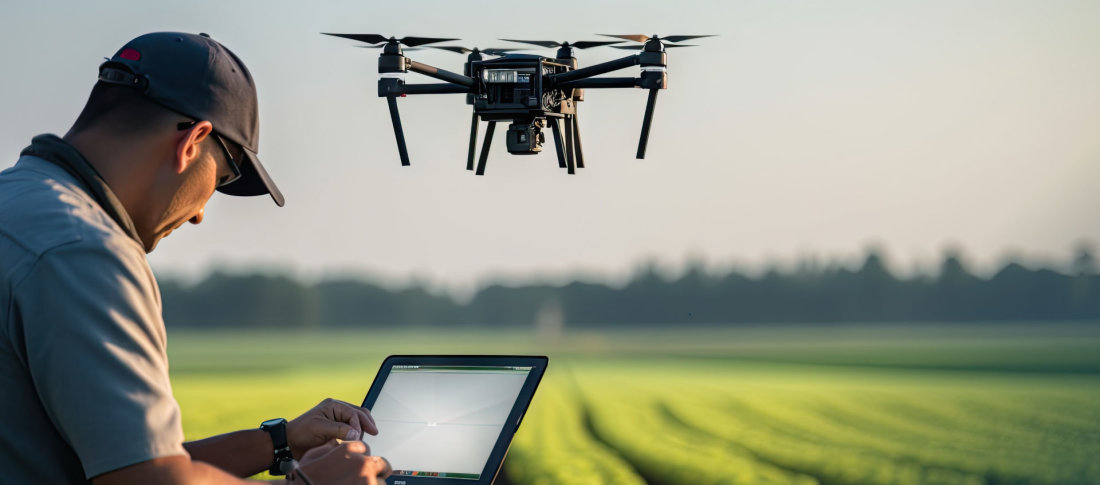Are drones the future of dairy farming?
Dairy farmers have been tending to their herds for generations, adhering to time-honoured traditions and expertise passed down through the years. But, as the world evolves, so too must the practices that have sustained our industry.
Welcome to the future of farming, where innovation takes flight - literally - with technological innovations such as drones redefining the way we monitor and manage livestock on dairy farms.
The sky's the limit: aerial livestock management
Unleashing the power of drones
Drones have revolutionised many aspects of modern life, from photography to package delivery. In the world of farming, they offer a game-changing approach to livestock management. These remarkable flying machines are equipped with cutting-edge technology, which not only simplifies the monitoring process but also opens a world of possibilities for enhancing the wellbeing of your herd.
Tracking down lost livestock
One of the most impressive features of drone technology is the ability to use thermal infrared vision. This technology can be a farmer's best friend when it comes to tracking down lost livestock. Even on the darkest nights or during extreme weather, thermal imaging can pinpoint the location of your wandering livestock ensuring you can return them safely to the herd.
Detecting health conditions
Beyond simply locating your cows, drones offer the potential to identify health conditions in the herd. By monitoring body temperatures with thermal cameras, drones can detect early signs of fever, a critical indicator of sickness. This proactive approach to herd health management can help prevent the spread of diseases and reduce the need for costly treatments.
Monitoring livestock over large or dense areas
Traditional methods of livestock management often face challenges like gates, dense underbrush, or difficult terrain. Drones, however, are not hindered by such obstacles. They can quickly and efficiently cover large areas, reaching remote corners of your farm that may have been previously overlooked. This enhanced coverage enables farmers to gather more accurate data and make highly informed decisions regarding their herds.
Enhancing farm security
Advances in technology can make security precautions on the farm more manageable. The use of drones can enhance measures in ways that save time and negate the need to climb over fences! From their aerial vantage point, they can identify potential intruders who might venture onto your land with malicious intent, helping protect your valuable machinery and livestock from possible theft.
Is this the future of farming?
There’s a strong case for introducing drones into farming. The technology offers a wealth of advantages that are propelling the dairy industry forward. Their ability to streamline and improve livestock management is potentially revolutionary.
The downsides: weather, battery life, and cost
As with any innovation, it's important to consider potential drawbacks. Drones are not immune to the challenges of adverse weather conditions, which can restrict their operation. Battery life is another concern, as drones typically have a limited flight time before they need recharging. And we can’t not mention the initial cost of purchasing and maintaining these devices – which could be a financial hurdle for some farmers.
However, as technology continues to advance, these limitations are gradually being addressed. Newer models come with improved battery life and are more resilient in adverse weather conditions.
The verdict?
The use of drones in livestock management is ushering in a new era of innovation and efficiency for dairy farmers. With their thermal infrared capabilities, unobstructed coverage, and added security measures, drones are poised to become an invaluable tool for the modern farm. While challenges like weather, battery life, and cost persist, their solutions are continually improving, making drones an increasingly viable and sustainable option.
So, is this the future of farming? Undoubtedly. The future is now, and it's taking flight over our fields, helping us raise healthier herds and ensuring a brighter future for dairy farming.
